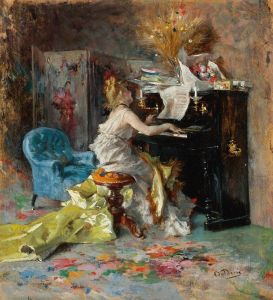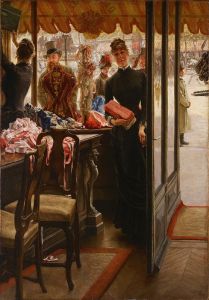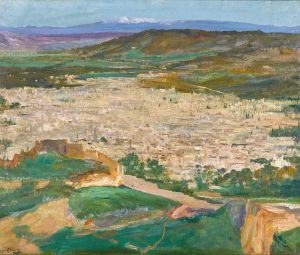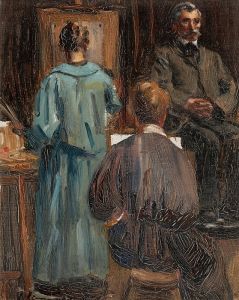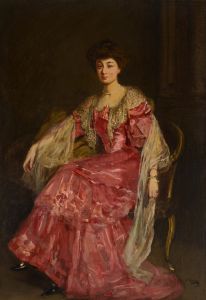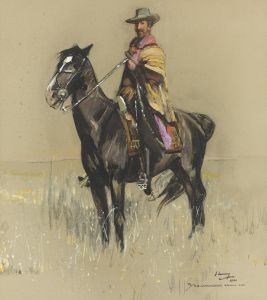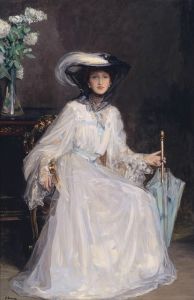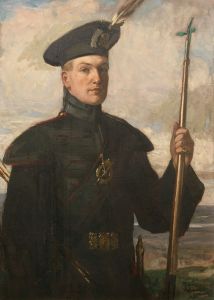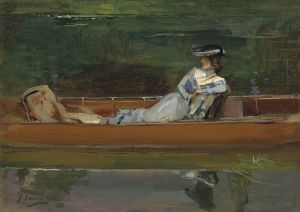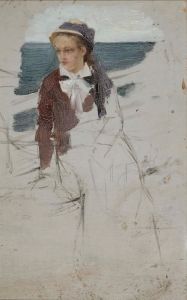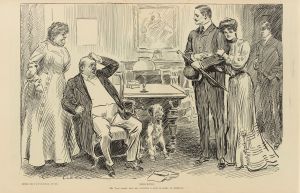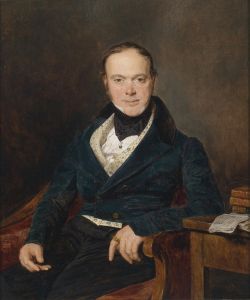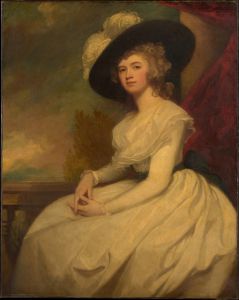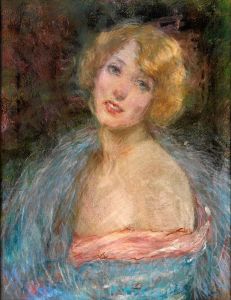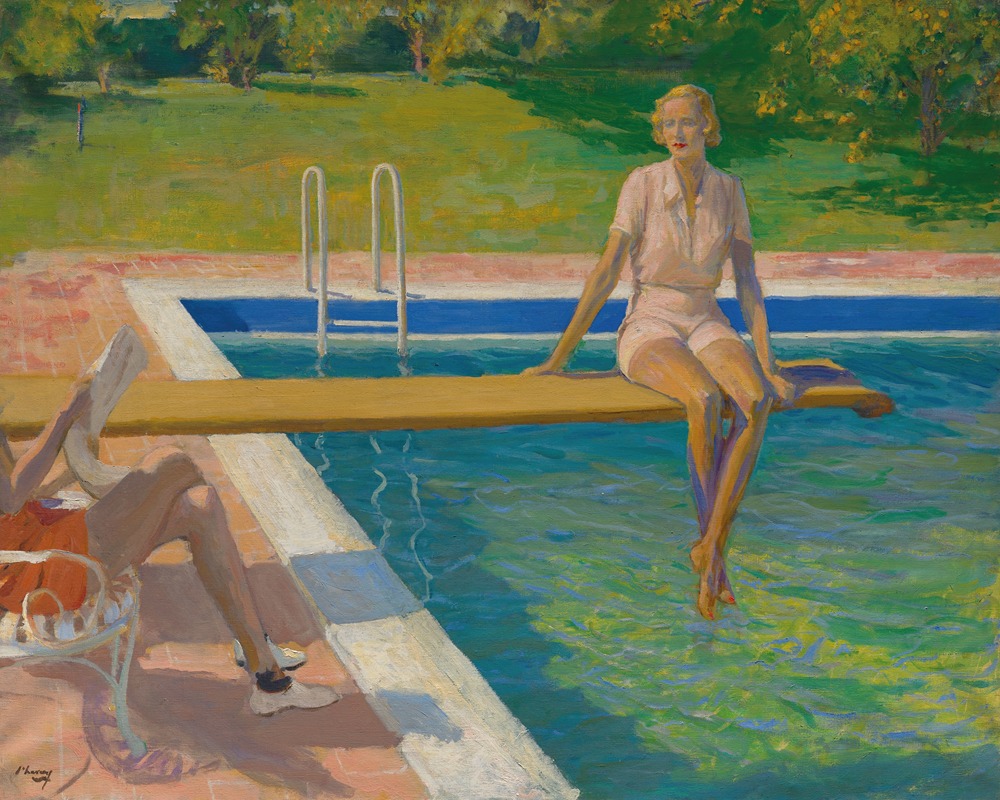
The Viscountess Castlerosse, Palm Springs
A hand-painted replica of Sir John Lavery’s masterpiece The Viscountess Castlerosse, Palm Springs, meticulously crafted by professional artists to capture the true essence of the original. Each piece is created with museum-quality canvas and rare mineral pigments, carefully painted by experienced artists with delicate brushstrokes and rich, layered colors to perfectly recreate the texture of the original artwork. Unlike machine-printed reproductions, this hand-painted version brings the painting to life, infused with the artist’s emotions and skill in every stroke. Whether for personal collection or home decoration, it instantly elevates the artistic atmosphere of any space.
Sir John Lavery's painting "The Viscountess Castlerosse, Palm Springs" is a notable work by the renowned Irish painter, celebrated for his portraits and depictions of high society. Lavery, born in 1856 in Belfast, was a prominent figure in the late 19th and early 20th-century art scene. He was known for his ability to capture the elegance and sophistication of his subjects, often painting members of the aristocracy and influential figures of his time.
"The Viscountess Castlerosse, Palm Springs" features Doris Delevingne, Viscountess Castlerosse, a well-known socialite of the early 20th century. Doris was born in 1900 and became a prominent figure in the social circles of London and beyond. Her marriage to Valentine Browne, 6th Earl of Kenmare, bestowed upon her the title of Viscountess Castlerosse. Known for her charm and vivacious personality, she was a muse for several artists and photographers, including Cecil Beaton.
The painting is set in Palm Springs, a location that gained popularity among the elite for its warm climate and luxurious lifestyle. During the early 20th century, Palm Springs was emerging as a fashionable retreat, attracting celebrities, artists, and socialites. Lavery's choice of setting reflects the glamorous and leisurely lifestyle associated with the area, which was a stark contrast to the more traditional settings of European high society.
In the painting, Lavery captures the Viscountess in a relaxed yet elegant pose, embodying the spirit of leisure and sophistication. His use of light and color is characteristic of his style, emphasizing the warmth of the Palm Springs environment and the refined elegance of his subject. The painting not only highlights the Viscountess's beauty but also serves as a testament to the opulent lifestyle of the era.
Lavery's work is often noted for its technical skill and attention to detail, and this painting is no exception. The composition and brushwork demonstrate his mastery in portraiture, capturing both the likeness and the personality of the Viscountess. The painting is a reflection of Lavery's ability to blend traditional portrait techniques with the modern sensibilities of his time.
Throughout his career, Lavery received numerous accolades and was appointed as an official war artist during World War I. His contributions to art were recognized with a knighthood in 1918. Lavery's works are held in high esteem and can be found in major collections and museums worldwide.
"The Viscountess Castlerosse, Palm Springs" remains a significant piece within Lavery's oeuvre, illustrating his connection to the social elite and his ability to encapsulate the essence of an era. The painting is a valuable historical document, offering insight into the lives of the affluent during a time of great social change. Through this work, Lavery not only immortalizes the Viscountess but also captures the allure and sophistication of a bygone era.





